As VALORANT players, we all have maps we love, and ones that make us instantly want to dodge the queue. Riot regularly rotates maps in and out of an active pool to keep things balanced and foster tactical freshness. If you’re wondering what the VALORANT map pool or competitive map rotation looks like right now, I’ve got everything you need to know.
Here’s what the VALORANT map pool for Season V25, Act Six includes for various game modes, plus an outline of future or upcoming plans for the pool.
Table of contents
All maps in the current VALORANT map pool (Patch 11.08)
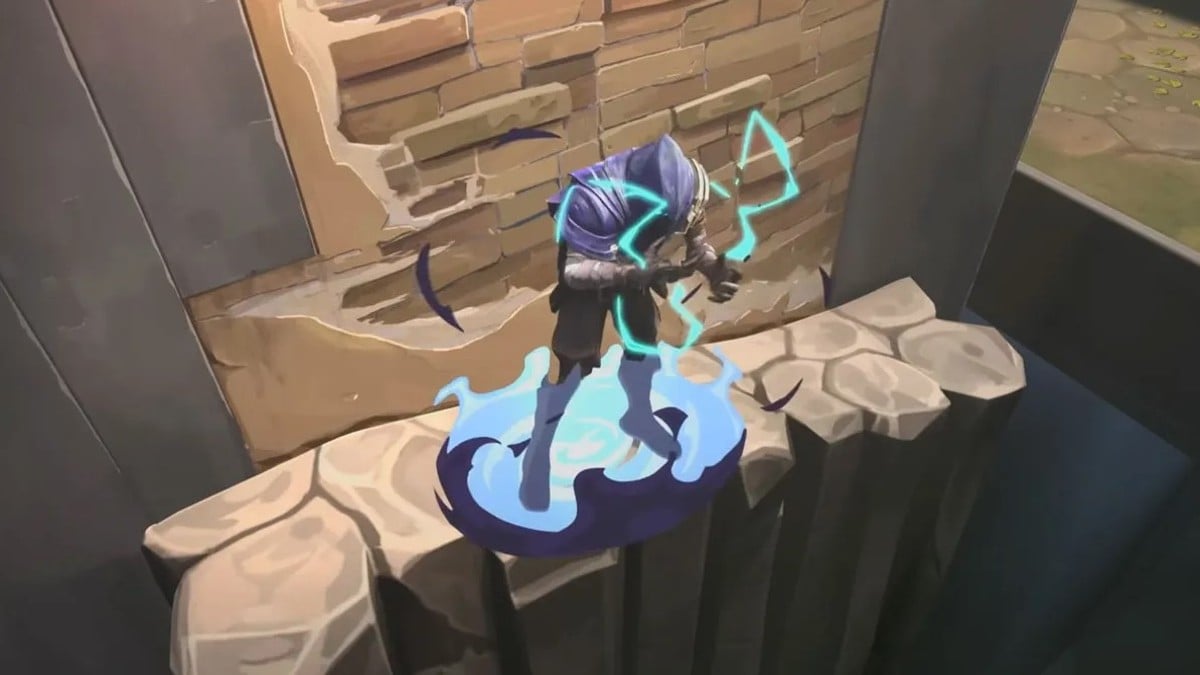
The VALORANT ranked map pool as of Season V25, Act Five, includes the following maps:
- Haven
- Corrode
- Bind
- Abyss
- Split
- Pearl
- Sunset
The most recent changes to the competitive map rotation went live with Patch 11.08 (the beginning of Act Six in Season V25), bringing back Split and Pearl while removing Ascent and Lotus.
Haven
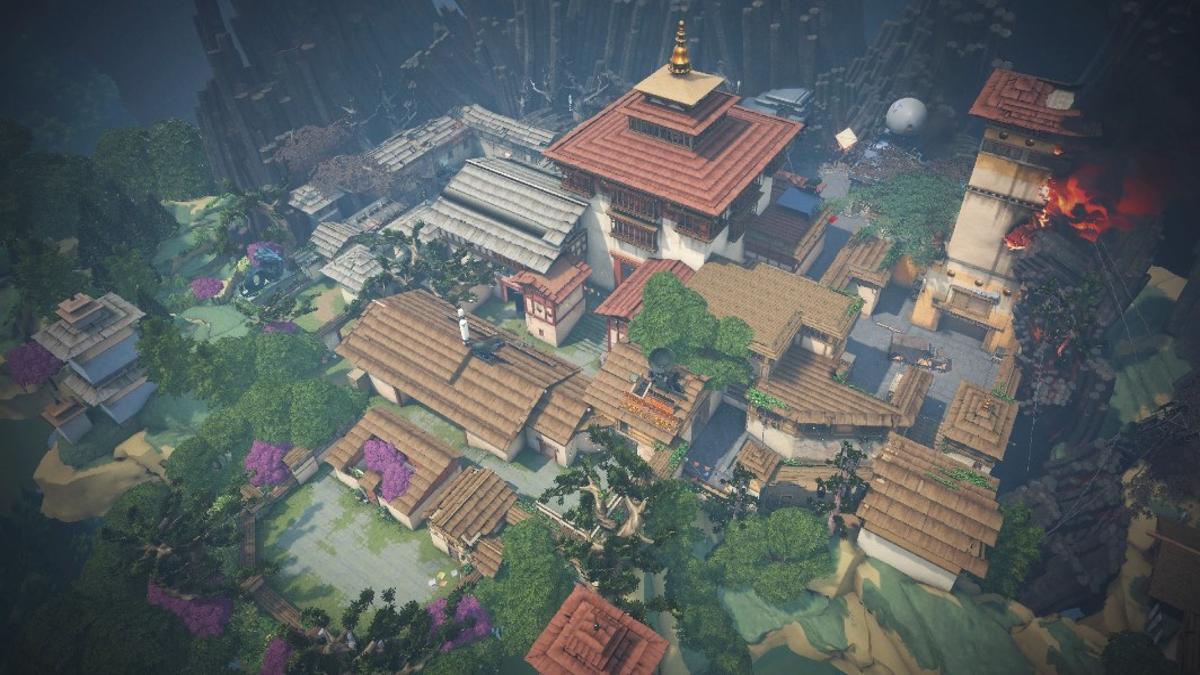
Haven has remained in active rotation for the most part since the map rotation system was introduced with Patch 5.00 (June 2022). Despite featuring three plant sites and complex features, the map feels quite balanced while encouraging creativity. It’s one of the oldest VALORANT maps, yet I’ve never had a dull moment on Haven.
Haven was removed from the pool in Episode Eight, Act One, only to return two Acts later in Act Three.
Corrode
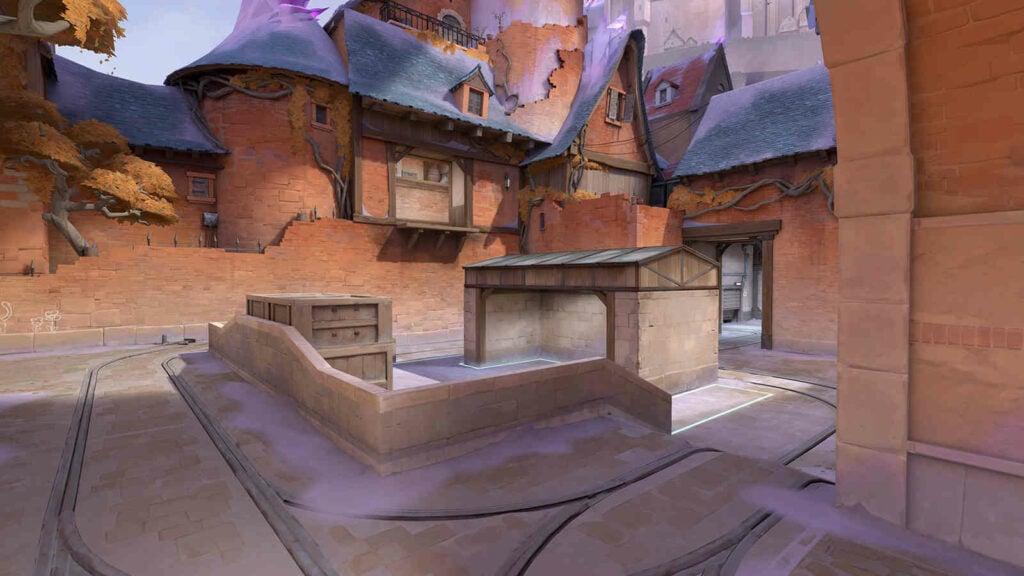
Corrode is VALORANT’s 12th (and newest) map, introduced in Season V25, Act Four with Patch 11.00. The traditional two-site, three-lane map favors strategic executions and quick rotations through its flexible mid-section. It has been in the active map pool since release (June 2025).
Bind
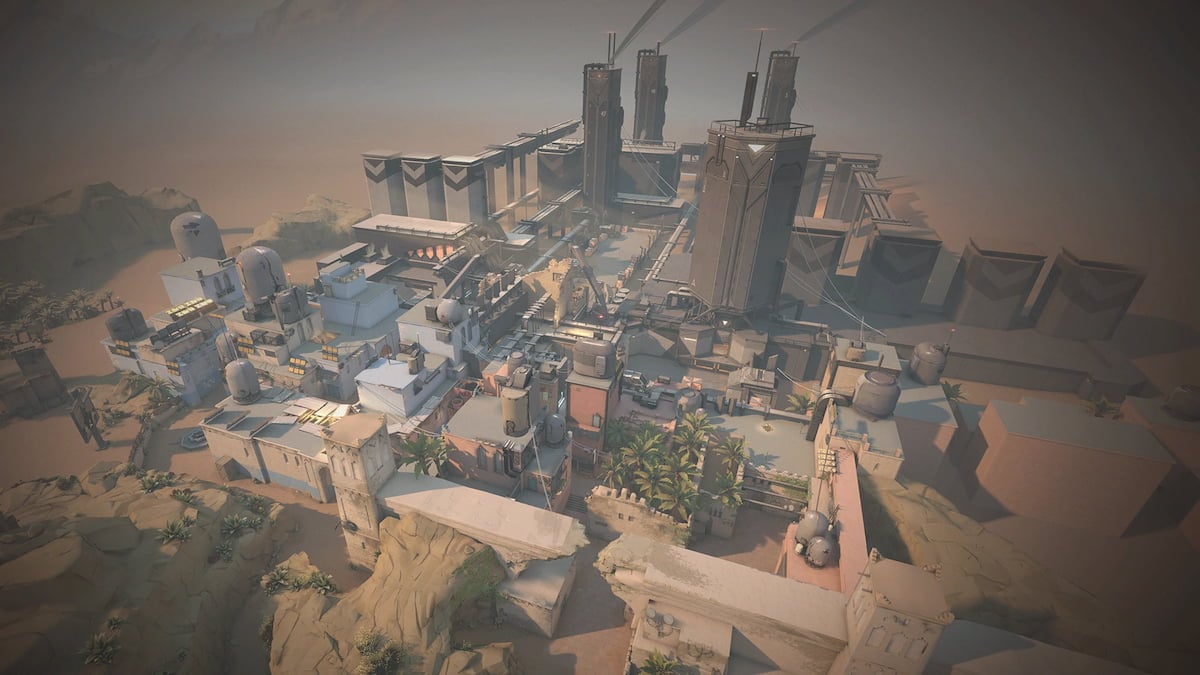
Bind was first removed from the active rotation in Patch 6.00, but Patch 6.08 brought it back with massive changes. It was removed for the second time with Patch 10.04, only to reappear in 10.08—no changes this time.
Bind is one of the first three VALORANT maps released in beta. It wasn’t always a fan-favorite map, thanks to how annoyingly defender-friendly its original design was. But Patch 6.08 changed things for good, and now, most players frown at the idea of Bind leaving the active map pool.
Abyss
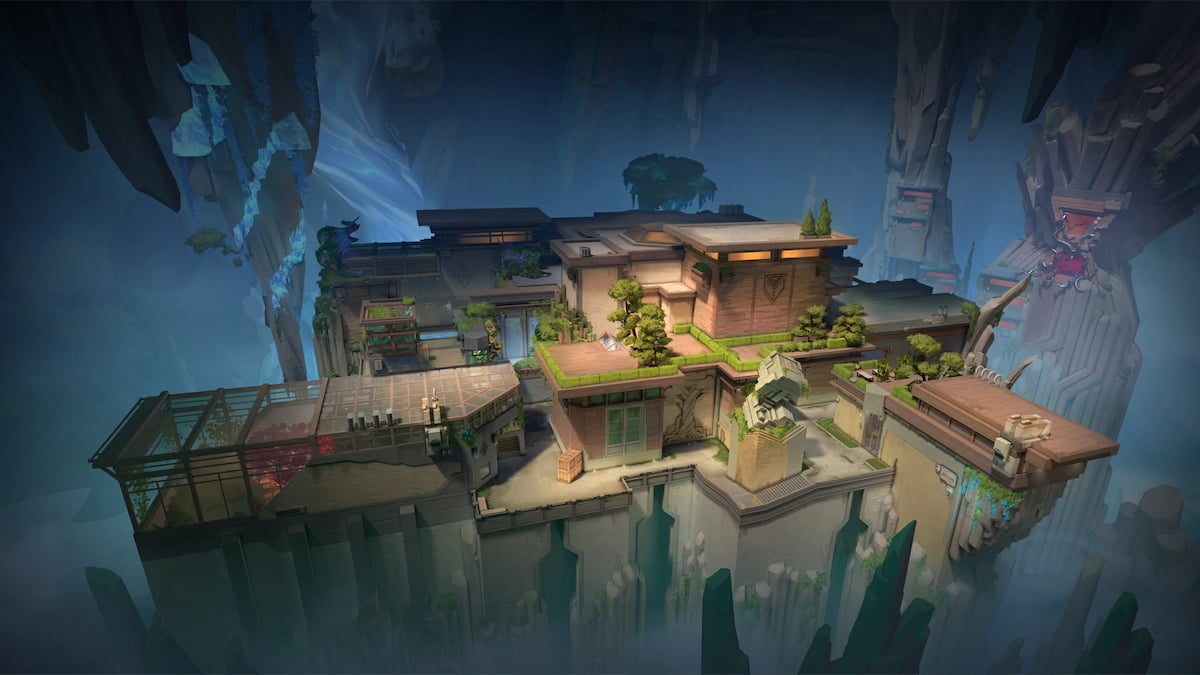
Released in Episode Eight, Act Three, Abyss is the only map to feature a deathdrop and no outer boundaries. Thanks to its mechanical quirks and complicated site features, you may not come across many Abyss fans in VALORANT ranked—although it’s quite popular in esports.
Abyss was removed from the map pool with Patch 10.04 and remained out for almost six months before returning with Patch 11.04. With Patch 11.08, Riot added some well-thought-out improvements to its B site and mid-section, adding more ways for players to tackle certain situations.
Split
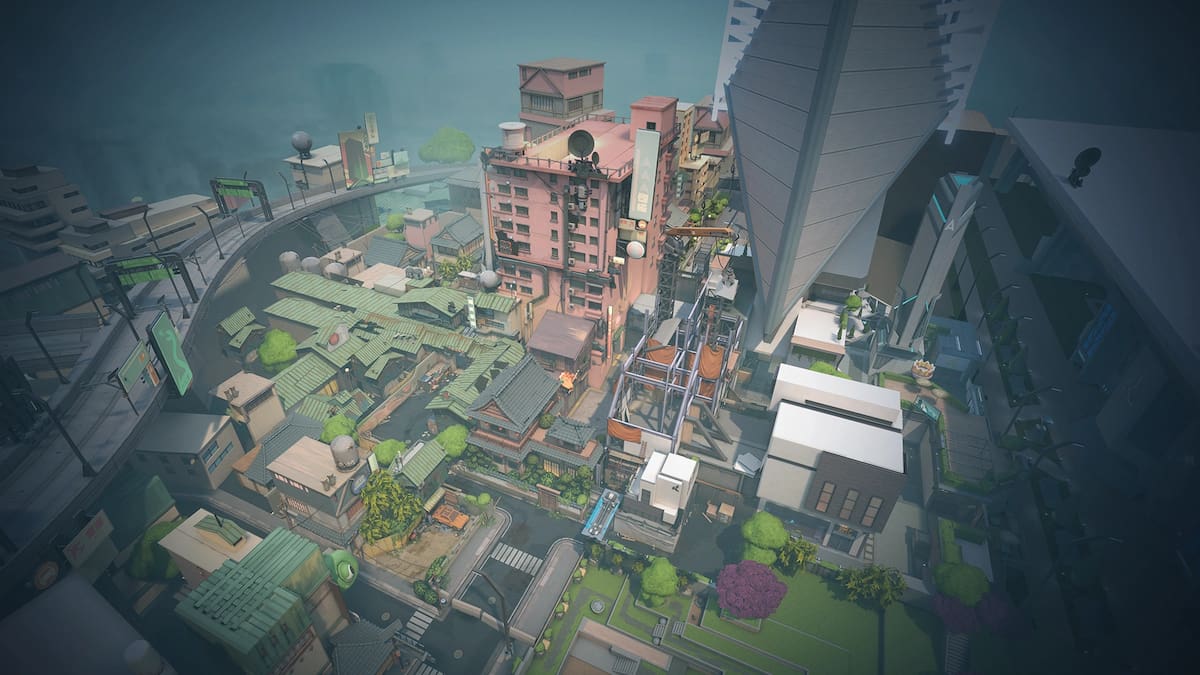
Split was the first VALORANT map to be removed from active rotation. Back in 2022, when the devs first announced the “seven map pool” system, Split was taken out to give Pearl, the new map at the time, a spot in the active rotation. It remained out of the pool for an entire Episode before returning with Patch 6.00.
Split was removed from the active pool twice—once in Patch 8.11 and again in Patch 11.00. Luckily for fans of the Tokyo-based map, it has now returned with Patch 11.08 after a short break of two Acts.
Pearl
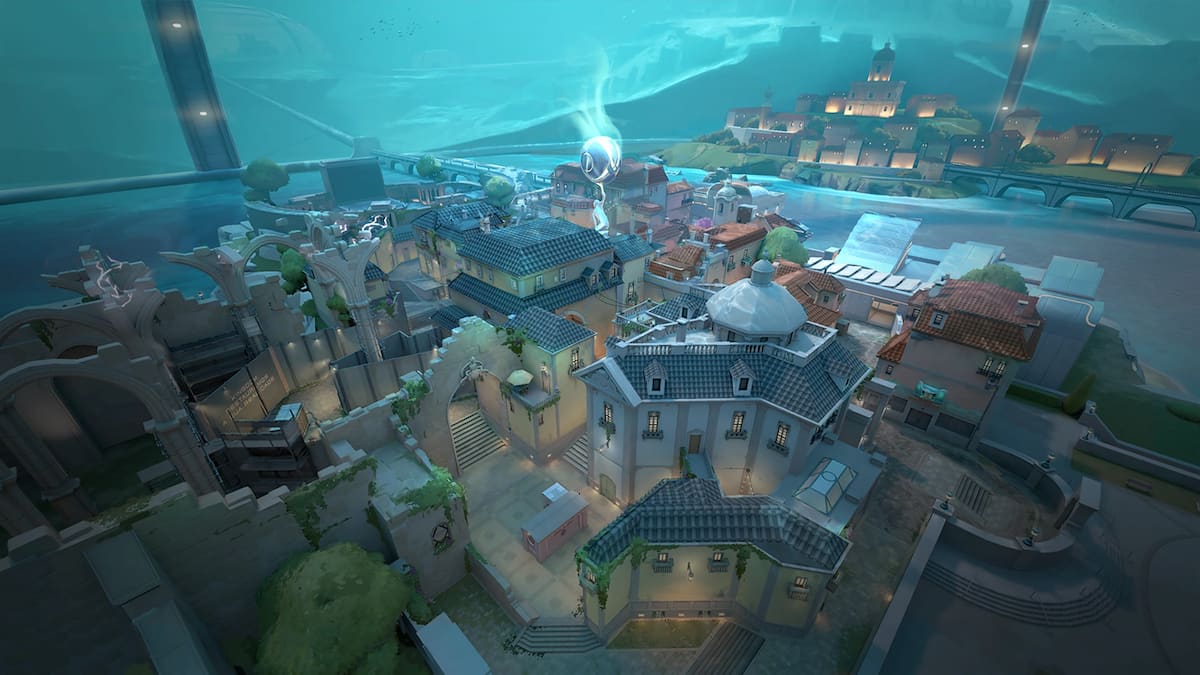
Pearl’s underwater “geo-dome” design makes it one of the most visually stunning maps in VALORANT, but despite its looks, it’s also one of the few that’s spent over a year out of the active pool. After it was removed for the first time with Patch 7.04, it stayed out of the game for 420 days before returning with Patch 9.08.
Pearl was removed for the second time with Patch 11.00, but has now returned only two Acts later with Patch 11.08. The map also underwent changes to address strategic imbalance and encourage player creativity.
Sunset
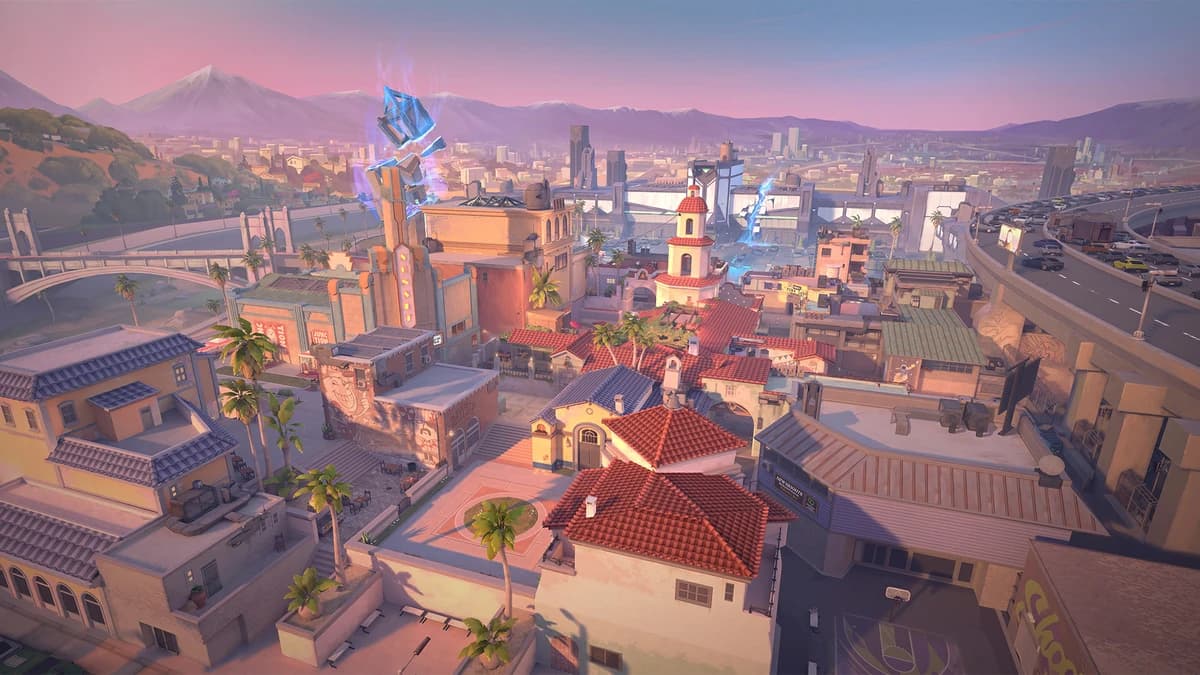
Sunset is yet another VALORANT map that hasn’t spent much time out of the pool since its release. It was removed just once with Patch 10.00, only to return two Acts later with Patch 10.04—and has been in the rotation since then.
Sunset underwent some crucial changes in Patch 9.08 to address player complaints about strategic one-sidedness. The changes were deployed without removing the map from the pool.
All currently inactive VALORANT maps
Here’s a list of VALORANT maps that are currently out of the competitive and Deathmatch map rotation:
- Ascent (removed with Patch 11.08)
- Lotus (removed with Patch 11.08)
- Icebox (removed with Patch 11.04)
- Breeze (removed with Patch 8.11)
- Fracture (removed with Patch 10.08)
All these maps are still active in Unrated, Swiftplay, Spike Rush, and Escalation queues.
FAQs
Q1: Why is there a map rotation in VALORANT?
In June 2022, VALORANT maps design lead Joe Lansford announced Riot’s decision to have a seven-map competitive rotation pool. The decision was made after gathering feedback from the casual and pro communities. The goal was to make it easier for players to learn new maps and allow new players to settle in quickly without hampering the variety.
Q2: How often does the map rotation change in VALORANT?
Riot switches up the active map rotation every Act (two months). While maintaining a seven-map mix, you may see one or more maps being removed or added at a time.
Q3: Which VALORANT modes does the map rotation apply to?
Active and inactive map pools only apply to Competitive, Premier, and Deathmatch modes. Unrated, Swiftplay, Spike Rush, and Escalation have the full map list (all 12 maps) as their “active pool.” Team Deathmatch has a map list of its own.


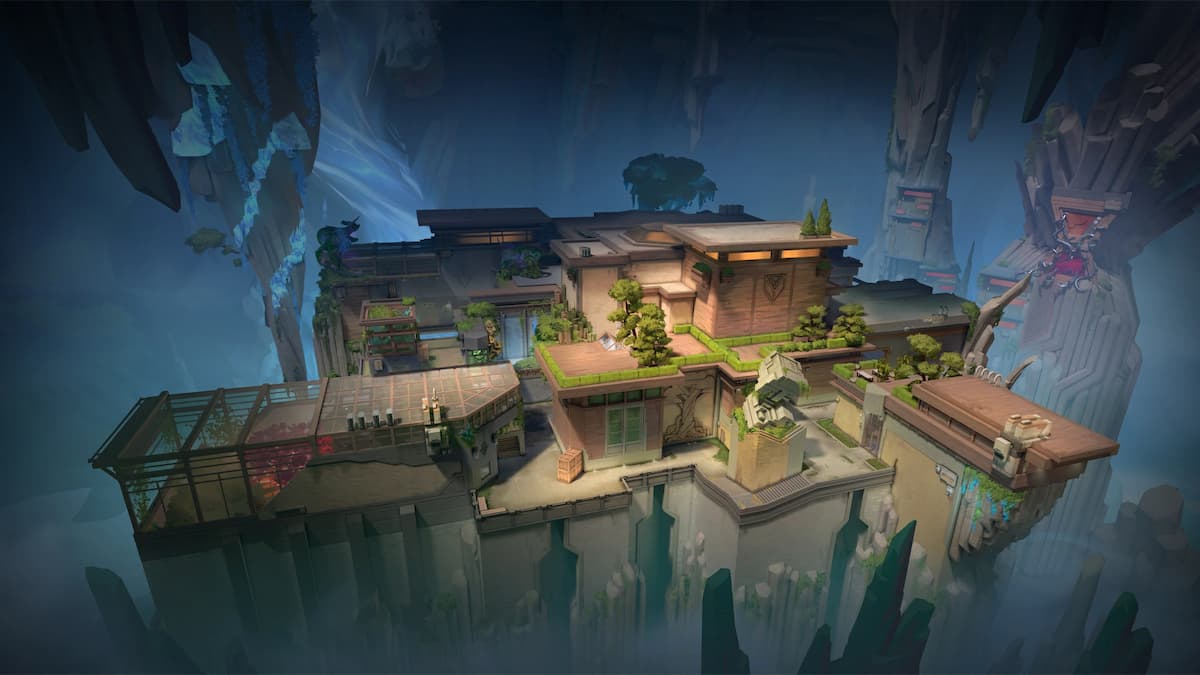



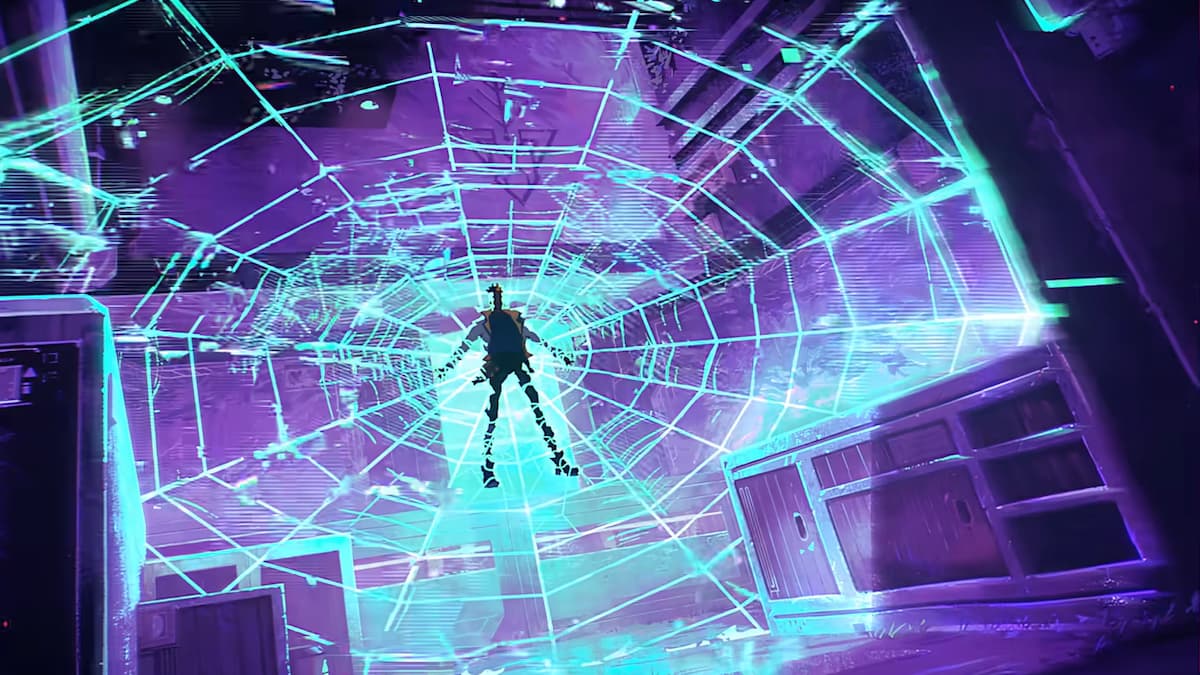





Published: Oct 29, 2025 08:29 am